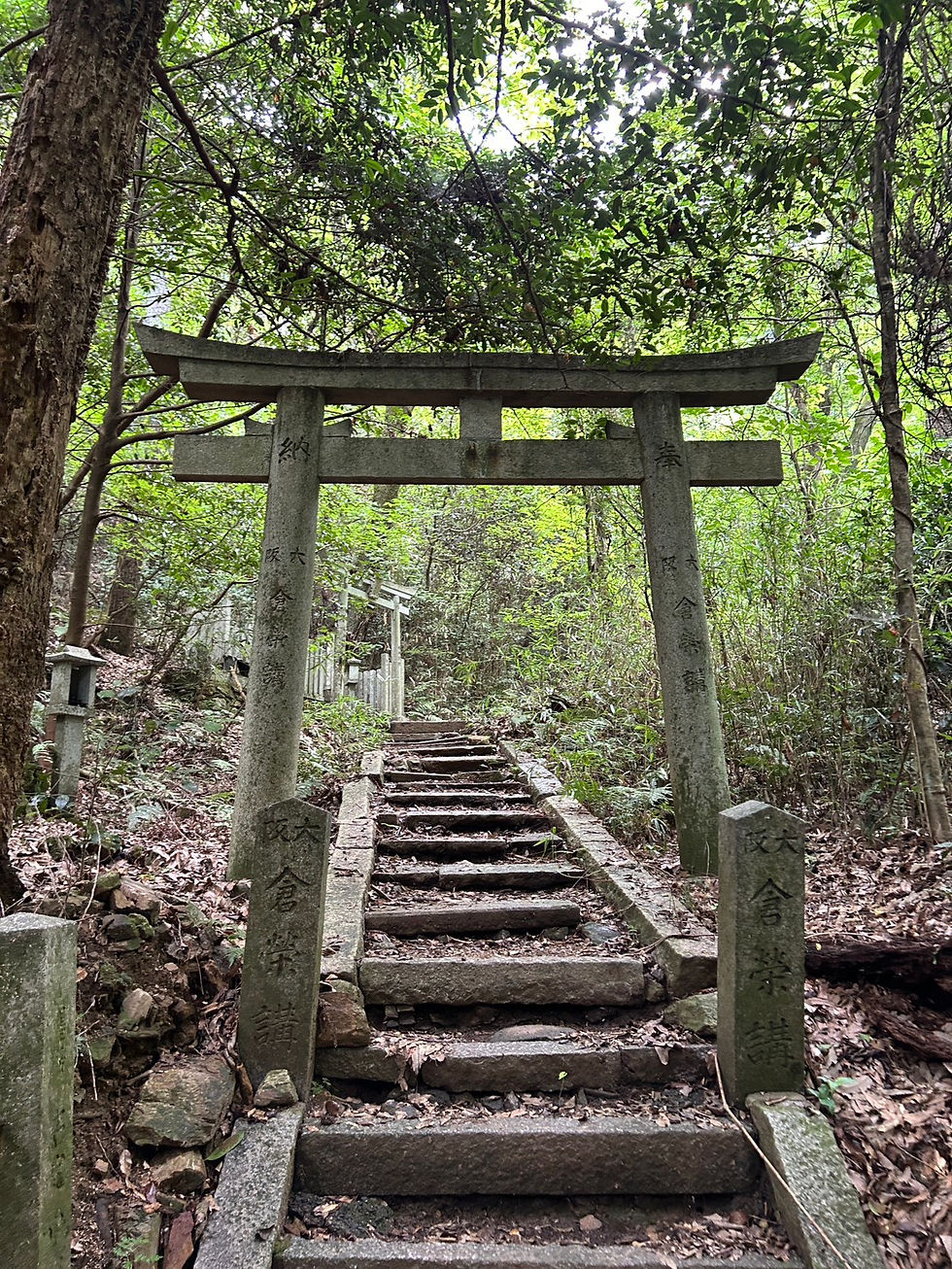The Unwavering Loyalty of Takayama Hikokuro
- Phillip Jackson

- May 30, 2021
- 2 min read
HIDDEN PATHS -Walking Historical Kyoto, it all began with a question. Having walked by a particularly imposing statue many times, I finally asked "Who is he?". And it was that question that sparked the idea of putting together the HIDDEN PATHS series.
On the south-east side of the crossroad at Sanjo Bridge, where Sanjo Street meets Kawabatta Street, is a large statue of a man on his hands and knees bowing towards the north-west in the direction of the old imperial palace.

This man is Takayama Hikokuro, Takayama lived from 1747 to 1793 and although not directly connected, and earlier than the time of the Meiji Restoration, Takayama Hikokuro’s actions showed that already there was a movement for overthrowing the governing Shogun and putting the Emperor in power. Story has it that when he came to Kyoto as a young man of eighteen he was dismayed to find that the Emperor was powerless, not living in the splendour and comfort that Takayama believed befitting the Imperial head (the palace at the time was in a state of disrepair due to a fire a few years earlier), and that the Tokugawa Shogunate ruled over the emperor disrespectfully.
There are many stories about Takayama Hikokuro. One such story is that he travelled around the country trying to convince people and domains of the significance that should be accorded to the emperor. The original statue was erected in 1868 at the time of the Meiji restoration when the Tokugawa Shogun handed power back to the emperor, but this was melted down in 1944 and used as materials in the war. The current statue was erected here in 1961.
Takayama finished his days in Fukuoka by committing seppuku (ceremonial suicide) as his final act of defiance towards the Shogun (at that time the Shogun was Tokugawa Ienari, the longest serving of the Tokugawa Shogun’s from 1787 to 1837).
His story sounds tragic, pushing for a cause that never came about in his lifetime, consumed possibly by his failure, taking his own life. A diary left by Takayama was said to have been very influential to the famed Japanese teacher and intellectual Yoshida Shoin.
The location of the house where Takayama was born in Ōta, Gunma was proclaimed a National Historical Site in 1931, and so too a mound in the nearby family cemetery containing his severed topknot of hair, which was brought back to his family after his suicide. The house has long since been demolished and the site became farmland, but some traces of the well and hedges remain. The Takayama Hikokurō Memorial Museum is located a short distance away.




Comments